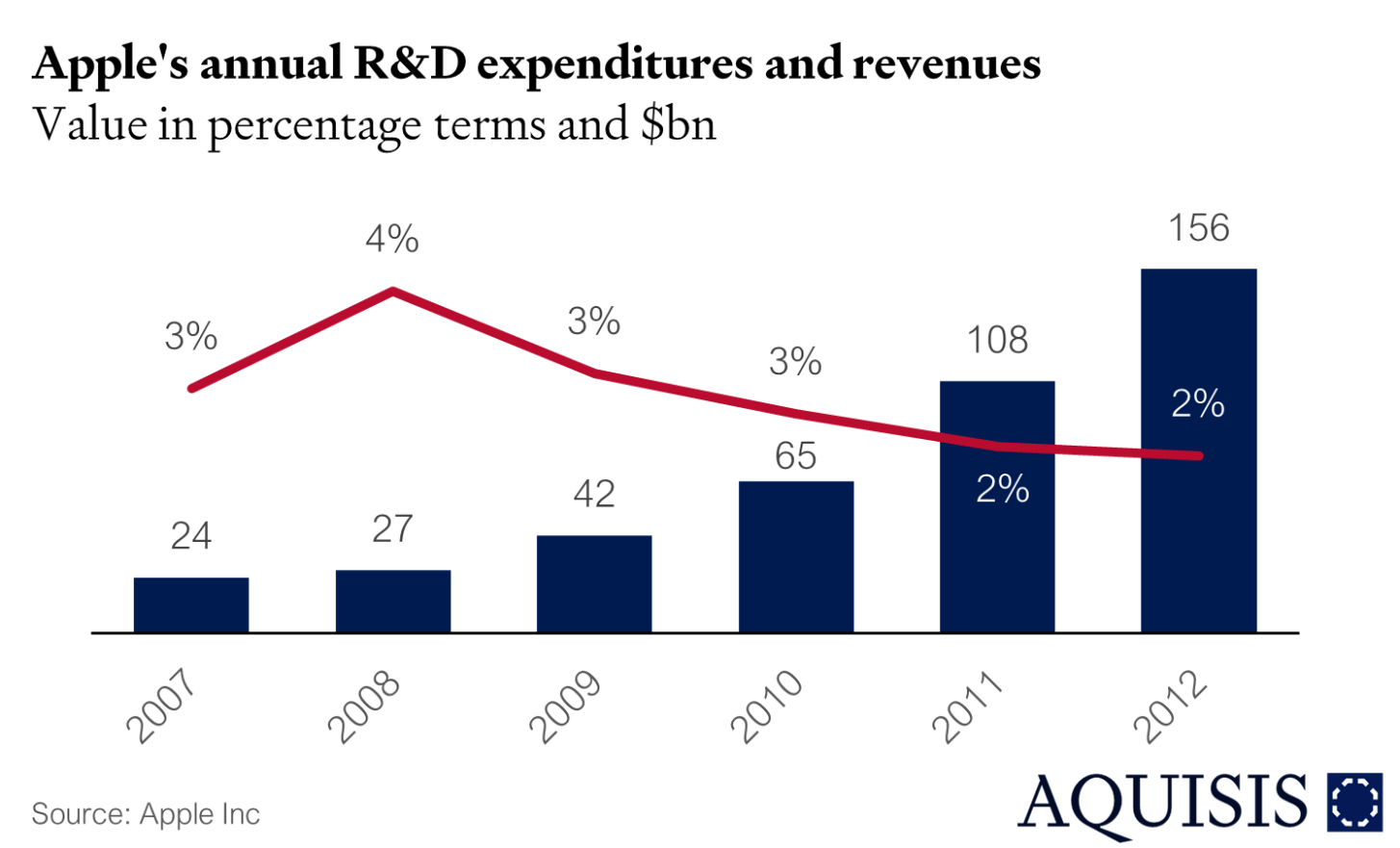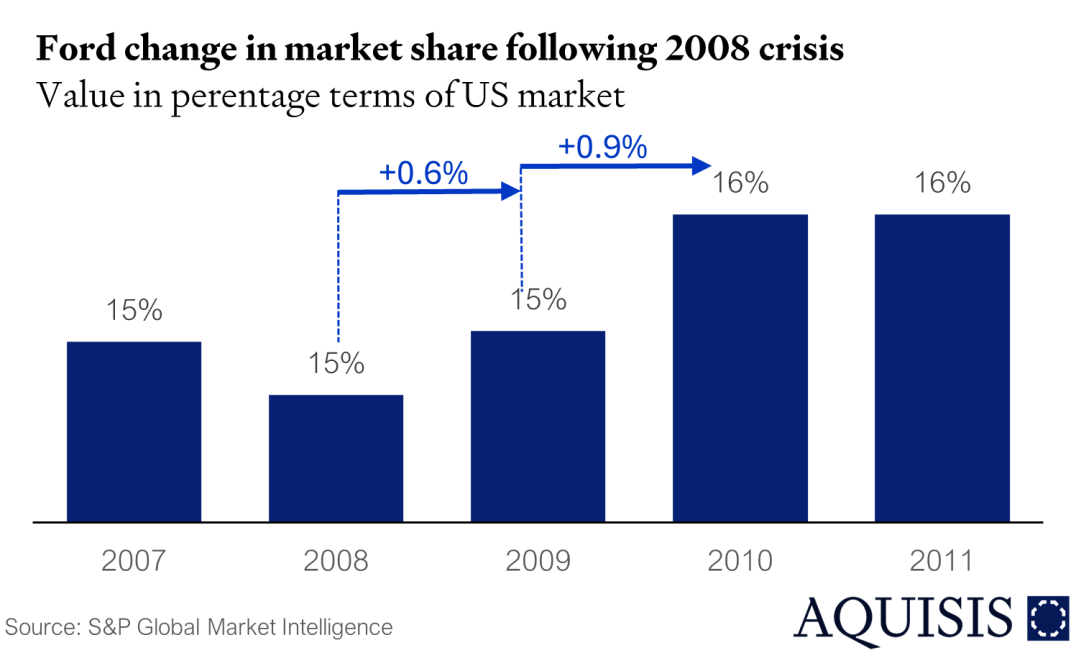
Uncertainty is an unavoidable aspect of the business environment, arising from economic fluctuations, geopolitical tensions, technological disruptions, and regulatory changes. Firms must navigate this landscape, adjusting strategies to mitigate risks while seizing opportunities. How companies react to uncertainty varies based on industry dynamics, firm size, and competitive positioning. Research suggests that while some firms adopt defensive measures like cost-cutting and consolidation, others take proactive steps such as innovation and market expansion. Understanding these responses is crucial, as firm behaviour under uncertainty significantly influences economic stability and competition.
Economic theory has long examined how firms respond to uncertainty. The real options theory suggests that firms delay investment decisions in uncertain environments, waiting for clearer signals before committing capital (Pindyck, 1994). A 10% increase in economic uncertainty leads to a 5% decline in corporate investment activity. Similarly, behavioural finance research indicates that risk-averse managers may adopt conservative strategies, avoiding major expenditures and expansions during volatile periods (Tversky, 1988).
However, some firms view uncertainty as an opportunity rather than a threat. The resource-based view posits that firms with unique capabilities, such as technological expertise or strong financial reserves, can leverage uncertainty to gain a competitive edge (Barney, 1991). For example, during the 2008 financial crisis, Apple continued investing heavily in R&D, which paid off with the launch of the iPad in 2010, generating over $1bn in revenue within its first three months.

During periods of economic uncertainty, firms often adopt defensive strategies to preserve financial stability. A common response is cost-cutting, which can include workforce reductions, divestitures, and scaling back research and development investments. According to a McKinsey report, during the 2008 financial crisis, Fortune 500 companies collectively reduced capital expenditures by 12% and cut R&D spending by 8%. Defensive strategies can also include restructuring and divestitures. Some firms choose to streamline their operations by selling off underperforming business units or exiting non-core markets to focus on their most profitable segments. This was evident in the aftermath of the 2008 financial crisis, when many multinational corporations restructured their portfolios to prioritize stability.
Another common response is industry consolidation. In times of uncertainty, firms seek to reduce competition and enhance market power by acquiring rivals. Research by Bernanke found that merger and acquisition activity often increases during uncertain periods, as larger firms capitalize on market downturns to acquire distressed assets at lower valuations (Bernanke, 2018). For instance in 2020 while overall deal volume declined, certain types of transactions became more prevalent, such as distressed M&A, where financially stable companies acquired distressed assets or companies at reduced valuations. While consolidation can create operational efficiencies and strengthen market positions, it can also reduce competition, leading to higher prices for consumers and potential regulatory scrutiny. Additionally, firms that grow too quickly through acquisitions may face integration challenges, cultural clashes, and financial strain, potentially offsetting the intended benefits of consolidation.

The 2008 financial crisis forced many firms to adapt rapidly to a collapsing credit market and declining consumer demand. Companies such as Ford took proactive measures by securing emergency credit lines and reconfiguring their business models to focus on more fuel-efficient vehicles. This strategic pivot helped Ford increase its market share by 2% between 2008 and 2010, marking its first market share gain since 1995. This upward trend continued in 2010 and 2011, with Ford achieving a 16.4% market share in both years, while competitors who failed to adapt, such as General Motors, required government bailouts.
Ikea’s response to global uncertainty highlights how businesses can adapt to disruption. The company faced challenges from Covid-19, geopolitical tensions, and supply chain shocks but adjusted swiftly. It diversified sourcing, increased local production, and maintained higher inventory to handle shipping delays. When lockdowns closed stores, e-commerce sales jumped from 5% to 25%. By embracing flexibility, Ikea mitigated risks, proving that adaptability at the company level can counter broader economic uncertainty (Beattie, 2024).
Also recent geopolitical tensions, such as the U.S.-China trade war, have prompted firms to rethink global supply chains. Apple, for example, has diversified its manufacturing base, shifting production from China to India and Vietnam to mitigate the risk of trade disruptions (Richard Baldwin, 2021). Between 2018 and 2023, Apple increased its supplier presence in India by 150%, signalling a long-term strategic shift.
Regulators and policymakers must understand and balance firm dynamics, ensuring that incentives to innovate while preventing excessive market concentration. Research suggests that policies promoting access to credit and supporting R&D investment can help firms navigate uncertainty more effectively (Gonzalez-Uribe & Leatherbee, 2016). For instance, in 2021, the European Union allocated €96bn to its Horizon Europe R&D initiative to bolster innovation resilience among European firms. Similarly, in the United States, the Small Business Innovation Research (SBIR) programme provides funding to high-risk, high-reward ventures, allowing startups to develop new technologies without the immediate pressure of profitability. These policy efforts highlight the importance of fostering an environment where firms can take calculated risks, invest in long-term projects, and remain competitive despite uncertain market conditions.
The dynamics discussed in this highlight key insights into how firms and policymakers can approach uncertainty effectively:
- Uncertainty is both a challenge and an opportunity. While it can disrupt business operations, firms that embrace adaptability through strategic investments and innovation can gain a competitive edge.
- Industry conditions and firm resources shape responses. Large firms with financial reserves may pursue acquisitions, while smaller firms might focus on operational efficiency or government-backed initiatives to weather uncertainty.
- Resilience requires strategic flexibility. Companies like Apple, Ikea, and Ford have shown that diversifying supply chains, leveraging new technologies, and adapting business models are critical to surviving and thriving in uncertain environments.
- Policy support plays a vital role. Access to credit and R&D incentives can help firms manage risks and sustain long-term growth, ensuring that uncertainty does not stifle innovation and competition.
Associate
Managing Partner
Barney, J. (1991). Firm Resources and Sustained Competitive Advantage. Journal of Management.
Beattie, A. (2024, September 26). How supply chain superheroes have kept world trade flowing. Financial Times.
Bernanke, B. S. (2018). The Real Effects of Disrupted Credit: Evidence from the Global Financial Crisis. Brookings Institution.
Gonzalez-Uribe, J., & Leatherbee, M. (2016). The Effects of Business Accelerators on Venture Performance: Evidence from Start-Up Chile . The Review of Financial Studies.
Pindyck, A. D. (1994). Investment Under Uncertainty. Princeton University Press.
Richard Baldwin, R. F. (2021). Risks and global supply chains: what we know and what we need to know. National Bureau of Economic Research.
Tversky, D. K. (1988). Prospect Theory An Analysis of Decision under Risk. Decision, probability, and utility: Selected readings .
Offline Website Creator